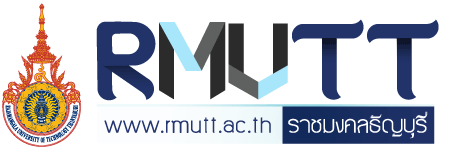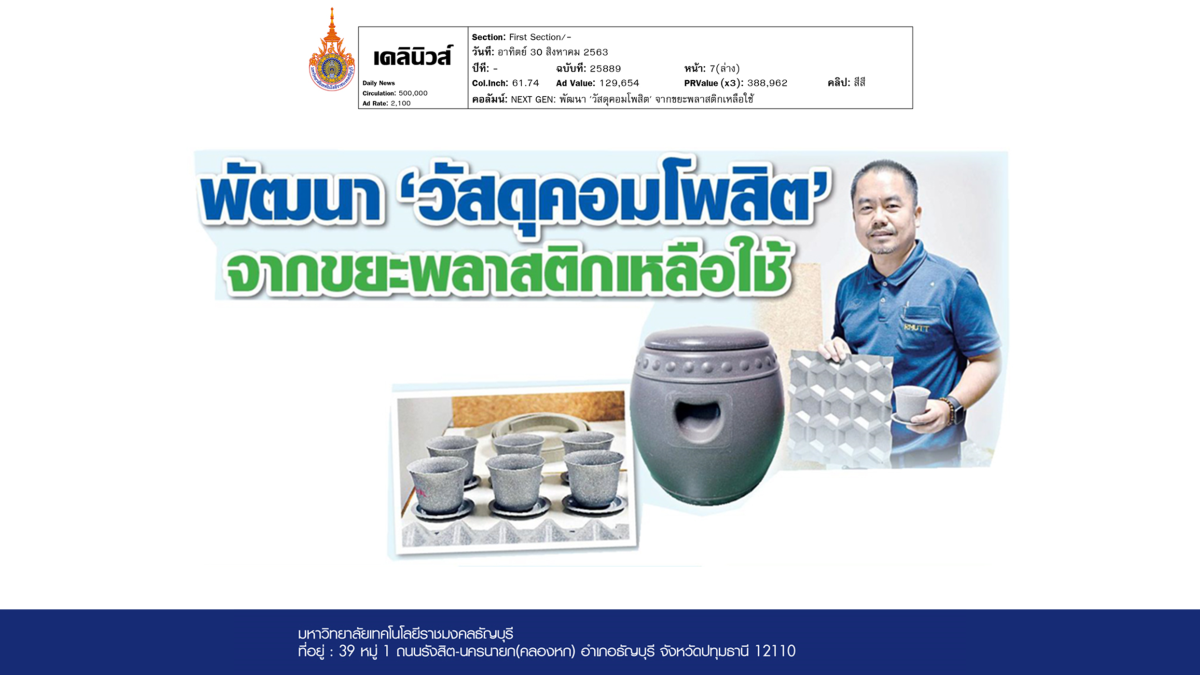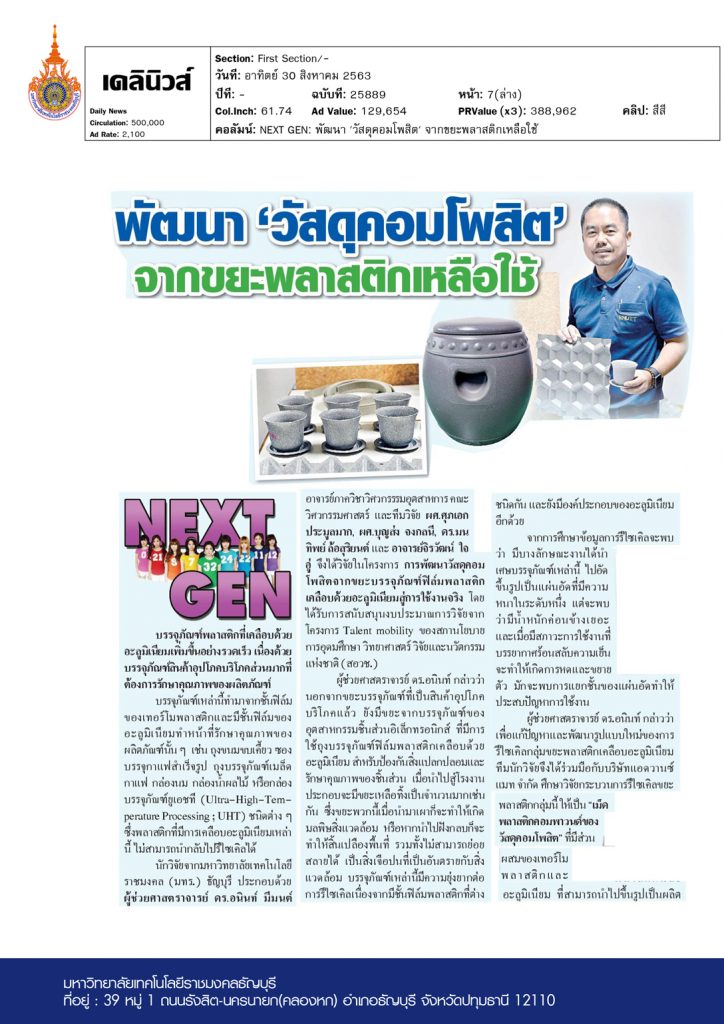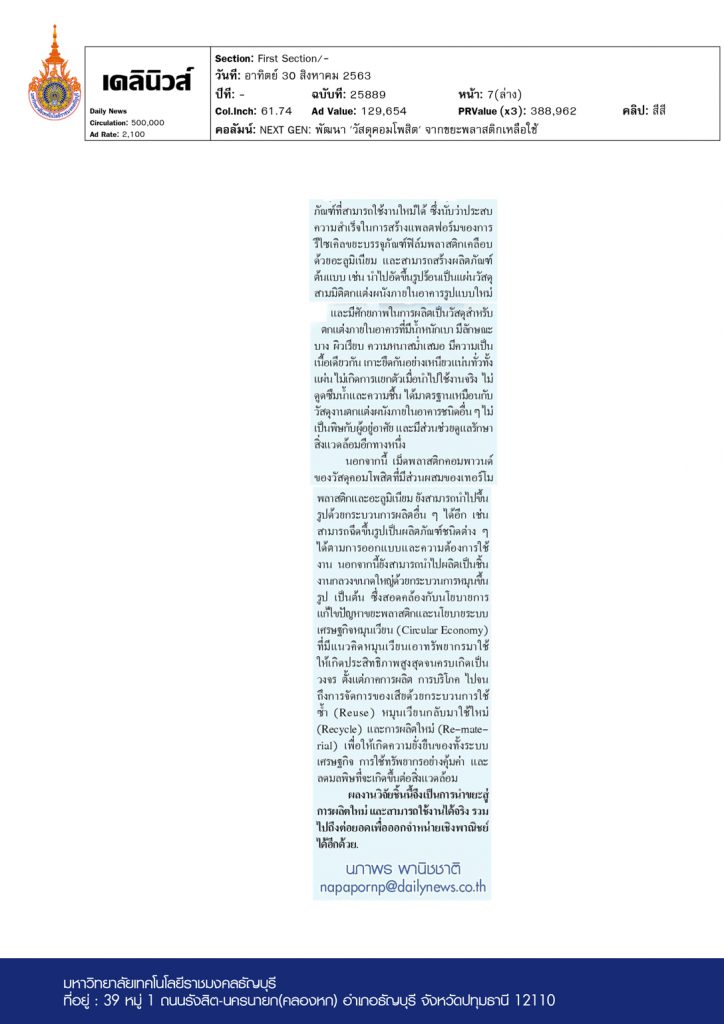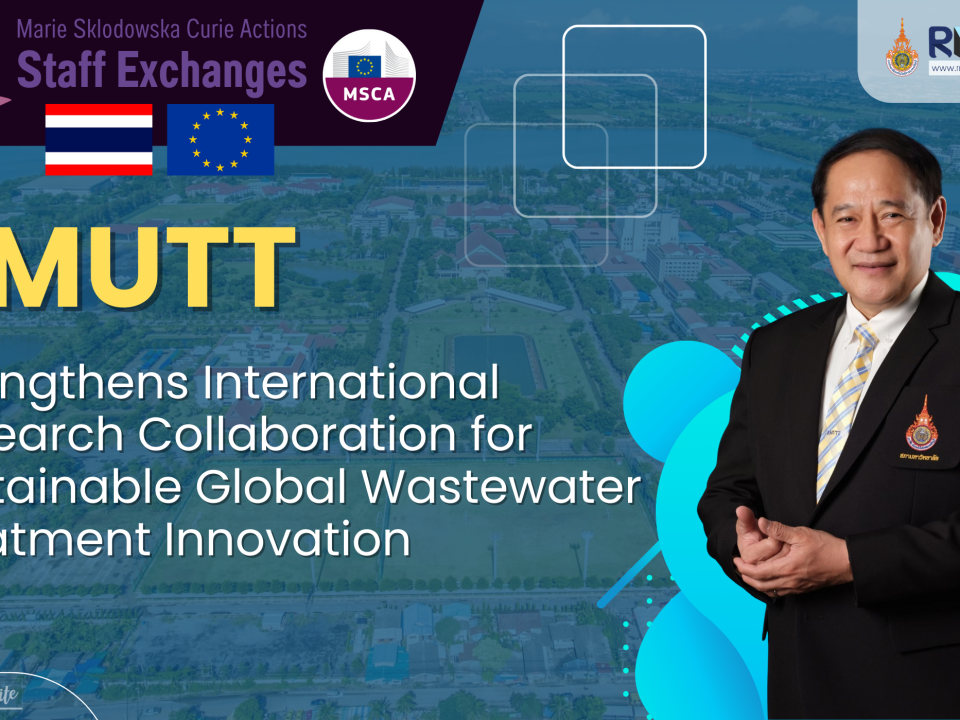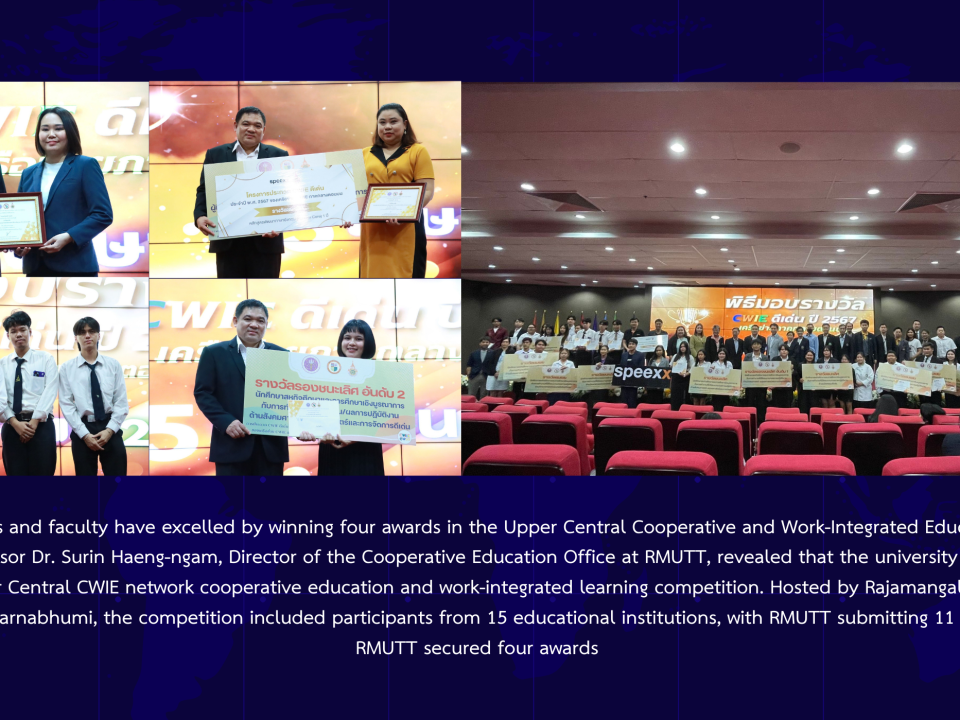
Special report: “RMUTT” contribution of ‘Arduino Touch’ device with Thai language reading and spelling game
25/11/2020
RMUTT produces social media site “Check before Share”, “Young smart gen says no to fake news”
25/11/2020NEXT GEN Column: Development of ‘Composite Materials’ from Plastic Waste.
With the intention of improving quality of product containers and packaging, many manufacturers had been utilizing their plastic products coated with layer of aluminum. The examples of product which were coated with thermoplastic film and aluminum one were snack bags, instant coffee sachets, coffee bean packaging bags, milk cartons, juice boxes, different types of UHTs or (Ultra-High-Temperature Processing carton box. It could be expected that these aluminum coated materials were unrecyclable, thus, Rajamangala University of Technology Thayaburi (RMUTT) researchers including Professor Dr. Anin Meemon, Lecturer of Department of Industrial Engineering, Faculty of Engineering and his researcher team members including Asst. Prof. Supa-ake Arunmak, Asst. Prof. Boonsong Jongkonnee, Dr. Montip Lorsuriyont and Ajarn Jirawat Jaiwoo, had conducted their research project on composite materials development in practice from plastic packaging waste coated with aluminum. The project was supported and funded by Thailand Talent Mobility Program promoted by the Office of National Higher Education Science Research and Innovation Policy Council (NXPO). Assistant Professor Dr. Anin revealed that, besides of having packaging waste in consumer product, industrial electronics waste from plastic film bags coated with aluminum in order to prevent foreign-material contamination and maintain the quality of product had also been produced massively.
When manufacturing processes and production in assembly part led to large quantities of waste, incineration of the waste could be causing environmental pollution or if taken the waste to a landfill, it would cause waste management problem and if they were also undegradable, possible soil pollution would presumably occur and adversely affecting the surroundings. These packaging are difficult to recycle due to the different layers of plastic film. It could be said that these waste products were highly difficult to recycle particularly when plastic film coated aluminum.
Based on findings of the numerous research projects on recycling, it was found that there were some materials that could be pressed into compression sheets with a certain thickness, but with heavy weight. Concerning their physical properties, when in operating conditions whether hot or cold, the contraction and expansion of materials were found to create separation of layers in compression sheets causing problems for the practical use.
Assistant Professor Dr. Anin revealed, “In order to solve recycling problems and develop new method of recycling of aluminum coated plastic waste, the research team, therefore, had decided to collaborate with Advanced Mat Co., Ltd with the main purpose of improving recycling process and developing plastic waste into “pelletized composites of composite materials” containing thermoplastic and aluminum that could be molded to form designated product. Thus, building the new recycling platform for plastic film packaging waste coated with aluminum and creating prototype molded products were considered very successful. Examples of molded products were made up of hot-pressed composites comprising of three-dimensional sheet materials suitable for decorating interior wall and they also had distinctive properties with light in weight, thin and smooth surface with constant thickness available for interior decoration. Moreover, they also adhere tightly across the sheet without producing any cavity, absorbing water and moisture. While, the materials themselves had also met the standard of building supplies for interior wall and environmentally friendly.
Besides, thermoplastic as part of the composite materials was comprised of thermoplastic and aluminum that could be molded by different molding procedures including injection molding process utilizing for manufacturing products desired shape and features and rotational molding for producing the special-shaped hollow finished part.
Corresponding to the policy of solving plastic waste problems and circular economy policy, complete cycle of resource rotation to achieve maximum efficiency was implemented into the manufacturing sector and consumption sector whilst waste management: reuse, recycle, and re-material procedures were applied to achieve sustainability of the entire economy, succeed efficient use of resources and reduce pollution. This research, therefore, aims to turn disposal waste into something useful and definitely practical for use and expand commercial distribution channels.
